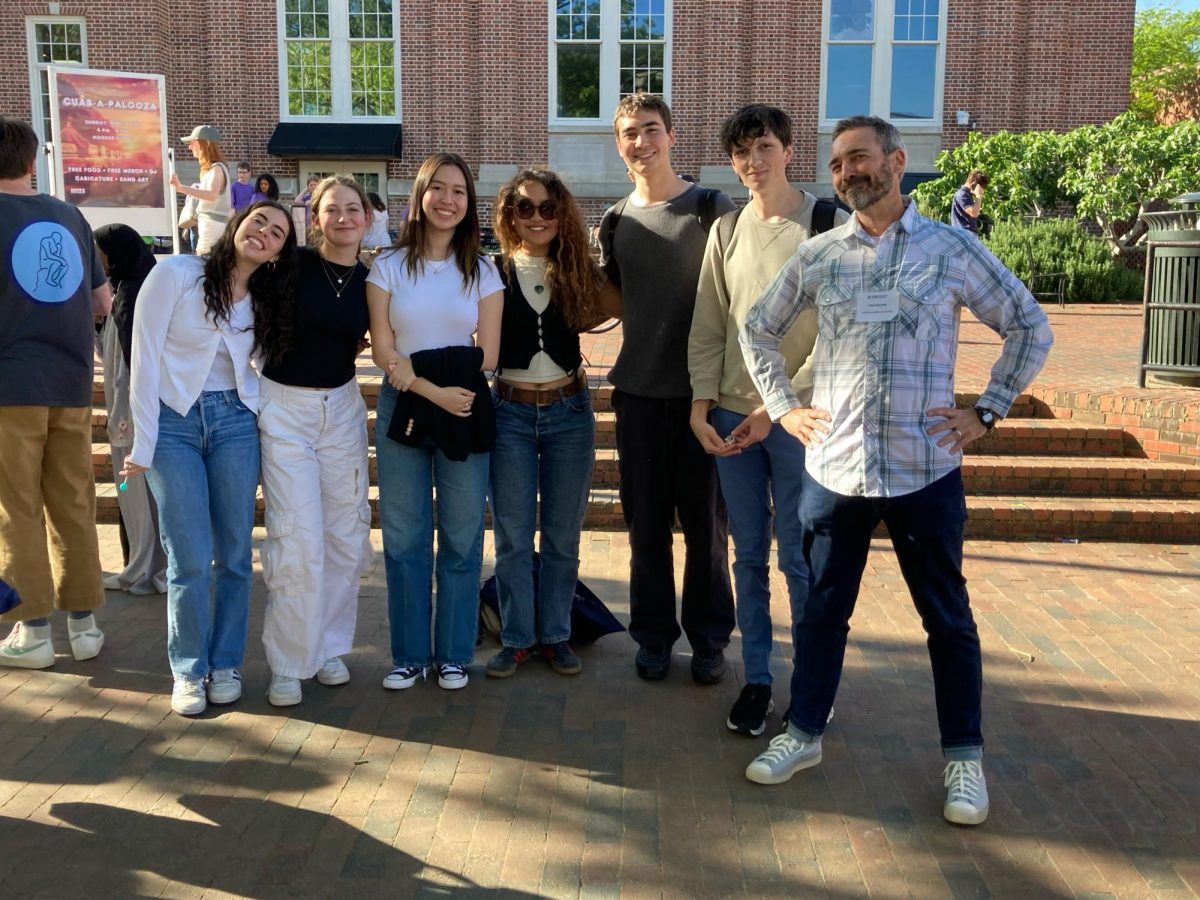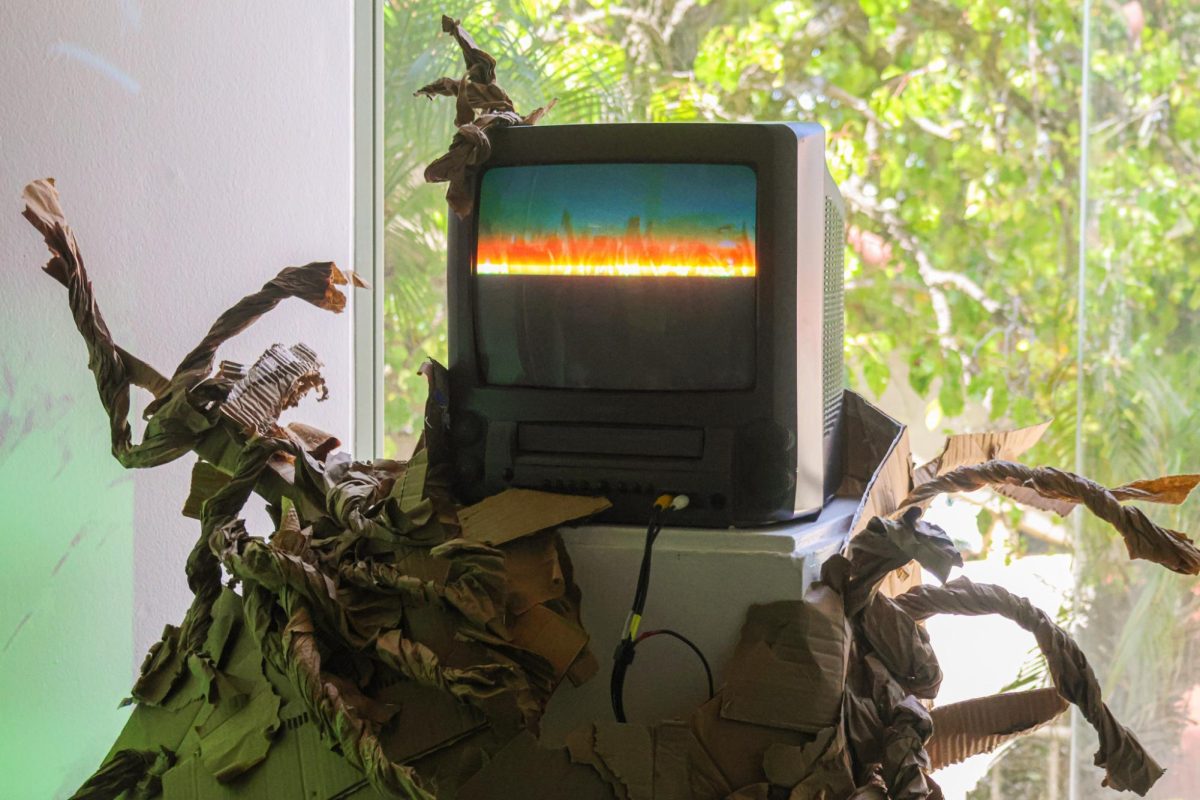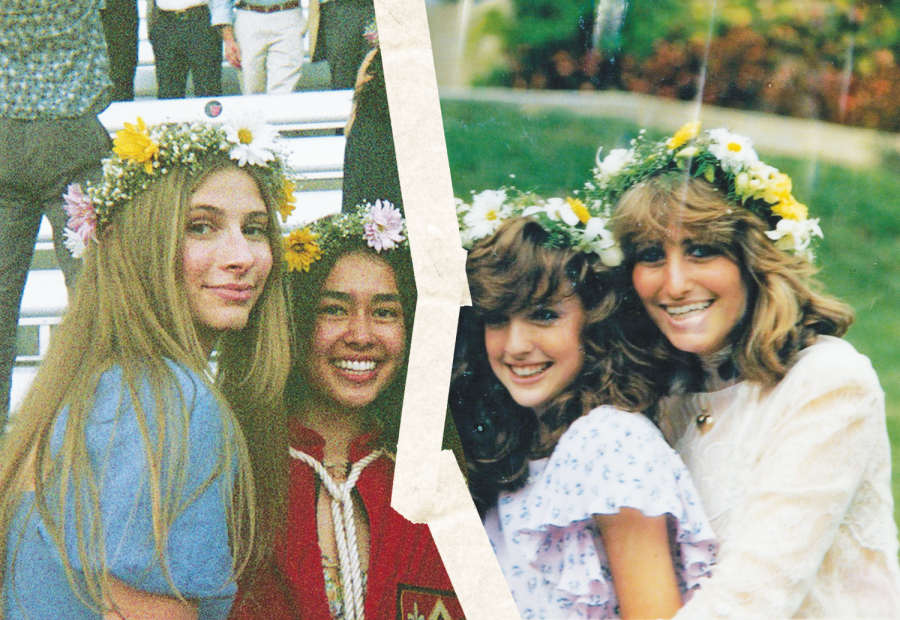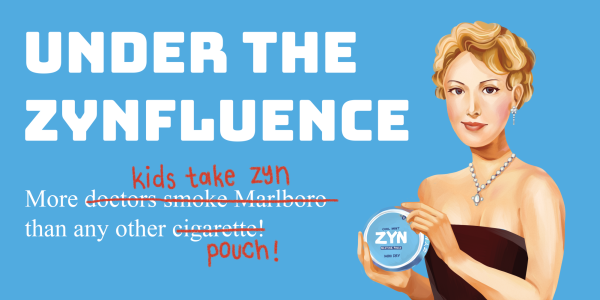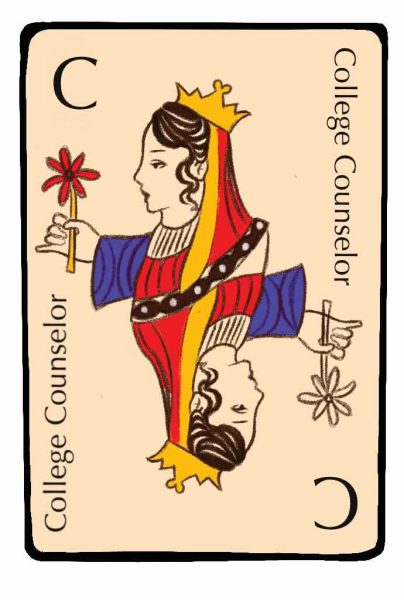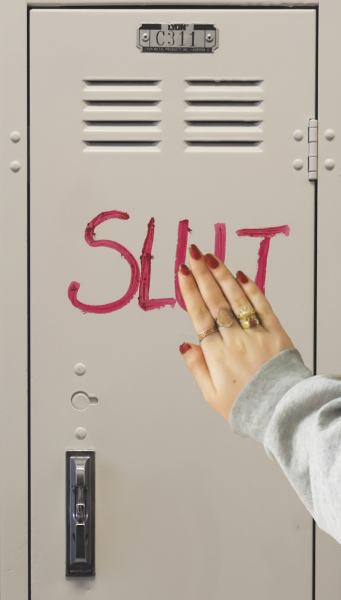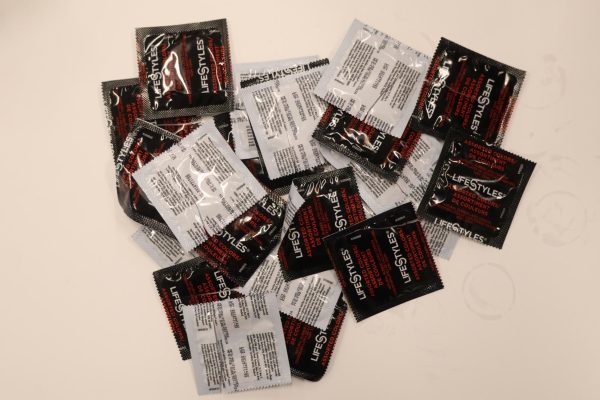Put a Ring On It
August 27, 2022
The sun beamed down on the North Faring campus as Head of School Nathan Reynolds spoke proudly about the achievements of the Westlake School for Girls class of 1992. Pacing excitedly in the dress she had purchased months before, junior Patricia Eshaghian ’92 waited at the top of the stairs to be given her ring, a tradition she said she had been looking forward to since the beginning of her time at Westlake. When she finally walked down the stairs and placed the ring on her finger, Eshaghian said she truly felt like a part of the school community.
This was the last all-girls ring ceremony before Westlake merged with the Harvard School for Boys the following year, and Eshaghian became part of the first graduating Harvard-Westlake class.
Eshaghian said many of the girls in her class had looked forward to ring ceremony since seventh grade.
“Everyone wanted to buy a special dress for it, and it was [really exciting] to get a wreath on your head,” Eshaghian said. “All of us were so excited to pick out our rings in either gold or silver. It was kind of a big deal my year because we had the option of getting either the Westlake crest or the Harvard-Westlake crest on our rings, as our senior year would be combined with the Harvard boys.”
Alumni discuss the importance of the ceremony
Westlake held its first ring ceremony in 1933. At its inception, girls wore white dresses and white flower crowns to represent the importance of the ceremony and allegiance to the school.
Unlike now, when rings are awarded at the beginning of senior year, Westlake originally conducted the ceremony at the end of the girls’ junior years.
Following the class of 1992, the ceremony was no longer all girls but instead the entire grade, taking place at the beginning of senior year. Eshaghian said the origin of the ceremony was special because the tradition began at an all-girls school.
“There’s pride in being a young woman who went through the Westlake school and it’s empowering,” Eshaghian said. “It was such a big milestone that we made it to that point. People have so much pride in going to Westlake that they are still wearing their rings 30 years later. I even wore my ring for years after graduation and still have my wreath somewhere.”
Sunny Whang ’92 (Ellie Whang ’24 and Charlotte Whang ’25) said her class and the administration felt it was important to continue the tradition the following year by including boys. “Convocation and Homecoming were more Harvard School traditions, so bringing Ring Ceremony to the co-ed campus felt purposeful and something we wanted to continue for decades to come,” Whang said.
Whang said in the few years before her graduation, girls be- gan to shift away from white dresses and toward floral patterns that matched their crowns.
“Most students formalized the ceremony by wearing floral dresses, and we were each given a floral wreath to wear,” Whang said. “Ring Ceremony was a rite of passage for us. It was based on a rich tradition, and the girls at Westlake looked forward to receiving their rings.”
Faculty discusses changes in the ceremony’s traditions
Upper School Dean Sharon Cuseo said many of the present-day customs in the ceremony are reminiscent of those at the original Westlake campus. “When I first [started working] here, we all went to the Middle School for Ring Ceremony,” Cuseo said. “Before the renovation of the Lower School campus, [boys and girls] would walk down steps, much like there are now, and get their rings like the girls at Westlake had.”
When construction took place at the Lower School, the ceremony eventually transitioned to the upper school campus with the bleachers replacing the original steps.
The administration changed the official name of the ceremony from “Ring Ceremony” to “Senior Ceremony,” as many seniors increasingly ordered class pins instead of rings. Cuseo said regardless of its name, the ceremony still remains important because it represents the recognition of the responsibilities seniors have to undertake as the oldest on campus.
“[Senior ceremony] has always been about investing the seniors with their role model status and been a nice bookend with graduation,” Cuseo said. “The ceremony is a nice beginning to the seniors’ final year on campus.”
The school has increasingly offered different ways to wear flowers at the ceremony to all students. Cuseo said this change is in an attempt to make the community’s traditions less gender-based, considering that since the first co-ed Ring Ceremony, boys have traditionally worn boutonnieres while girls have worn flower crowns.
“Much like graduation used to include different colored gowns for male and female and now they are all the same, we give everyone the choice of different floral arrangements,” Cuseo said. “You can wear a flower on your lapel, on your dress or on your wreath. Ring Ceremony has always been fancy, but before the merger, everyone used to wear white gowns that they had picked out for the occasion.”
Head of Upper School Beth Slattery said the traditions of the ceremony have evolved alongside the values of the school.
“We have made some adaptations because it felt very gendered to a lot of people,” Slattery said. “It used to be that girls would always wear a white dress. The other thing that has [changed] is that we stopped calling it Ring Ceremony because either not everybody wants to buy a ring or can afford to buy a ring. We did not want it to be this kind of thing where it felt inequitable.”
Senior student discusses their view on their approaching ring ceremony
Anika Iyer ’23 said she values the administration’s attempt to make the school’s long-standing ceremony less gendered, which she said she hopes will be one of many inclusivity initiatives.
“I really do appreciate the direction Harvard-Westlake is taking this in because it is an important event for a lot of seniors,” Iyer said. “People should be allowed to dress in a way that makes them comfortable for who they are. It is a first or second step in the right direction. There are definitely more things Harvard-Westlake can do to affirm gender identities, but the fact that they are altering something that has been such a huge tradition makes me optimistic that the school will be able to take more steps towards being more gender inclusive.”
Iyer said she is looking forward to her Senior Ceremony in September because it acknowledges the growth she and her classmates have made in their time at the school.
“I think it is a cool, symbolic tradition, and I like what it stands for,” Iyer said. “It’s about seniors growing into their role as the leaders on campus.”

